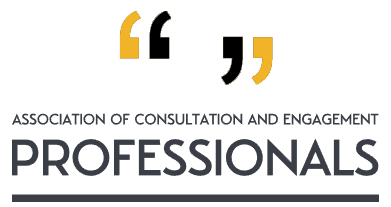We’ve been busy looking at every local authority website across the UK to try and determine how public consultations are presented.
The results vary from very organised to virtually nonexistent – with just over half of local authorities just listing opportunities on a web page and connecting them to survey software or soliciting responses by email. In this scenario, consultation and engagement is a mix of broken links and really dull user experiences.
We saw lots of SNAP, Smartsurvey, MS Forms and Surveymonkey being deployed and our suspicions are that licences are maintained even when a more sophisticated consultation platform is available with its own survey functionality. There’s nothing particularly wrong with these survey tools – more mainstream back office providers are branching out with their own (e.g. https://survey123.arcgis.com/), but they somehow lack structure and imagination. Besides, if you’re using forms then there are few controls – including how the consultation is framed or how it ends.
In the remainder of cases, local authorities may be using multiple third-party systems to manage their consultations. For example, to cater for the needs of both planning departments and highways departments. That’s because some of the commercial solutions are more focused on these types of consultation. Fragmented is one way you might describe it.
Of the “big three” commercial solutions it appears that Granicus (formerly Bang The Table) takes the lead with market share, followed closely by Delib (first to market) and then CitizenLab (challenger). Commonplace has some momentum and seems popular with planners whereas Objective and iNovem seem, on face value, visually dated.
Market share of consultation platforms across UK Local Authorities by tech provider

However, if you look at population served as a function of this distribution then both Granicus and Delib are out front with between 15 and 16 million potential users each – whilst Commonplace and CitizenLab can only serve 4 million a piece. In other words, Delib and Granicus are likely to be servicing more enterprise clients. That’s not to imply that the solutions are any better or worse as a result.
Market share of consultation platforms across UK Local Authorities by population served

Integrated care boards (ICB’s) are even further behind with around three quarters not having any soft of consultation platform. Of those that did, Granicus is again in the lead with almost 10% of the market share but they are not alone. Interestingly, Tractivity (predominantly a stakeholder relationship management solution) has made gains in this market.
So what did we learn? Well, we’re convinced that a more structured approach to consultation and engagement can only be a good thing – for citizens and councils. A comprehensive consultation platform might cost £10k-£20k a year but it can displace survey software licences and potentially save time due to gains in productivity (e.g. analysing results). The user experience is better, you’re more likely to get the desired democratic outcomes and the investment is really not that big compared to other corporate IT licences.
What’s been missing for a long time is a multi-agency approach to consultation. There is an opportunity to better coordinate consultations and share the costs of a consultation platform, say across health and government, but we’re just not in the zone yet. Of the c.50% non-adoption across government, we recognise that some government agencies are just too small and consult too infrequently for a tool to be warranted on their own merit. But we are also suspicious that they wouldn’t want to engage more on local issues.
Provisioning a “one-stop” shop for all engagement opportunities is difficult at an agency and technology level. There are limitations in so many areas, such as the myriad of integrations needed with back office systems. But don’t let that stop you. The commercial solutions (particularly the big three mentioned here) have some stunning features such as the ability to draw polygons on maps or scan paper copies of surveys using handwriting recognition. They make sense even if there is only one major salient consultation per year.


Very interesting article. What would be good to understand better also, is the development of the AI for qualitative feedback analysis that some of these systems include in their functionality. And how it helps councils get timely insight they need while offering gains in productivity. Is it good value for money?